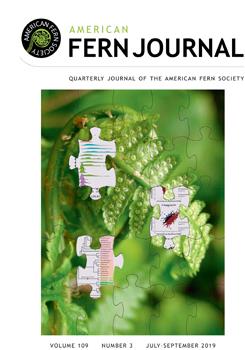Nuclear genome size is highly variable in vascular plants. The composition of long terminal repeat retrotransposons (LTR-RTs) is a chief mechanism of long term change in the amount of nuclear DNA. Compared to flowering plants, little is known about LTR-RT dynamics in ferns and lycophytes. Drawing upon the availability of recently sequenced fern and lycophyte genomes we investigated these dynamics and placed them in the context of vascular plants. We found that similar to seed plants, median LTR-RT insertion times were strongly correlated with haploid nuclear genome size. Fern and lycophyte species with small genomes such as those of the heterosporous Selaginella and members of the Salviniaceae had recent median LTR-RT insertion times, whereas species with large genomes such as homosporous ferns had old median LTR-RT insertion times intermediate between angiosperms and gymnosperms. This pattern holds despite methylation and life history differences in ferns and lycophytes compared to seed plants, and our results are consistent with other patterns of structural variation in fern and lycophyte genomes.
How to translate text using browser tools
17 September 2019
Nuclear Genome Size is Positively Correlated with Median LTR-RT Insertion Time in Fern and Lycophyte Genomes
Anthony E. Baniaga,
Michael S. Barker
ACCESS THE FULL ARTICLE

American Fern Journal
Vol. 109 • No. 3
September 2019
Vol. 109 • No. 3
September 2019
Long Terminal Repeat Retrotransposons
monilophytes
pteridophytes
Selaginella




